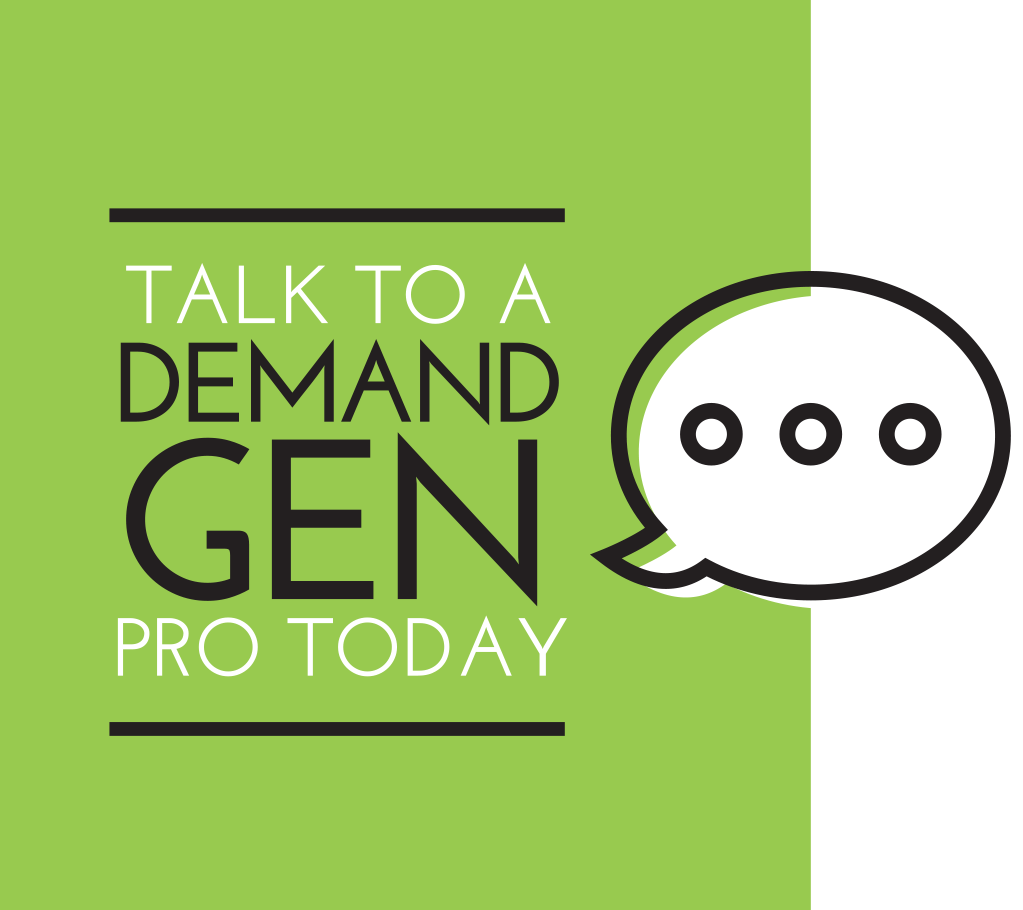How Big Can I Go: Will Account Based Marketing Work Against A Large Target Market?

Perhaps your company is one of the many who took advantage of the digital marketing revolution that started over a decade ago. You were smart and acted quickly to leverage the emergence of marketing automation and search advertising into an effective demand generation engine. But if you are like most of those early adopters, the volumes and velocity from your inbound efforts peaked long ago, and your ability to achieve the ever-increasing lead, sales, and revenue goals, becomes more challenging each day.
Many organizations are returning to “Account-Based Marketing (ABM)” to create greater demand for their offerings and expand their sales pipelines. Account-based marketing (ABM) is a strategic approach to B2B marketing in which an organization considers and communicates with individual prospects or customer accounts as markets of one. ABM is not new, it has typically been employed at the enterprise sales level and traditionally referenced as key account selling. It is a coordination of marketing and sales development activities that are specifically designed to identify, access, and engage decision makers within a targeted set of accounts.
While inbound marketing strategies are proficient at generating large volumes of indiscriminate leads, an “account-based” model that deploys effective and disciplined outbound marketing strategies has proven to have three distinct advantages:
- More Revenue (ROI) – Sales and marketing organizations that engage and nurture targeted companies, and their decision makers, through an account-based outbound strategy, report greater revenue and lower costs in terms of acquired sales.
- More Consistency – Companies who deploy account-based outbound in concert with their inbound marketing activities report a greater consistency and predictability in terms of sales forecasts and revenue generation.
- More Focus – An account-based marketing strategy synchronizes your sales and marketing activities and produces greater focus on the precise accounts that you would like to target. This hyper-targeting increases the effectiveness of your marketing messages without increasing the resources needed to run more targeted campaigns. The increase in focus and alignment also enables sales and marketing teams to better measure their effectiveness and results.
- More Opportunities – An account-based marketing strategy that integrates effective outbound creates a greater visibility into the decision makers that exists within the target accounts. Outbound strategies that identify, access, and engage decision makers into a dialog regarding their needs and solution interests, are the more effective way to generate sales opportunities beyond what your inbound marketing activities can provide.
While many companies are making the shift to account-based marketing, they often struggle to stay effectively engaged with the decision makers when their target market is more than 2,000 accounts. To be effective against a large number of target accounts requires the use of in-house or outsourced Sales Development Representatives (SDRs) that execute a well-engineered outbound marketing strategy. The most successful outbound strategies share three critical elements.
- Consultative Dialogs – are the core differentiator in any account-based acquisition or account management program. SDRs who can engage decisions makers into meaningful conversations and have the ability to articulate a situational fluency when discussing their challenges and potential solutions, produce better sales results. These consultative dialogs are also more effective at gaining a deeper view into the decision maker’s solution interests which can be leveraged in future communications and nurturing strategies.
- Performance Engineering – account-based models that are applied to large target markets require effective performance engineering and management strategies to control costs and deliver consistent results. Strategies such as cadenced outbound, market slicing, balanced teams, structured queuing, and pipeline collaboration, are just a few disciplines that can enable sales and marketing teams to attack large markets and gain the benefits of account-based marketing without blowing out costs.
- Recycling & Nurturing – the benefits of account-based marketing are real, but it requires discipline and patience. Many companies who have not adopted an account-based model suffer from the limitations and inconsistency of their inbound marketing efforts. However, companies who commit themselves to nurturing decision makers through recycled outreaches can build deeper relationships that yield more consistent results and greater ROI.
Account-based marketing has long passed the test as the most effective approach for delivering consistent and sustainable results. New technologies and performance engineering disciplines have made this approach cost effective for those who desire to pursue a large market of target accounts. Applying the right performance management disciplines and consultative dialogs enables an orchestration and sequenced coordination of multiple sales and marketing activities to drive a persistent and meaningful conversation with multiple decision makers in target accounts.


